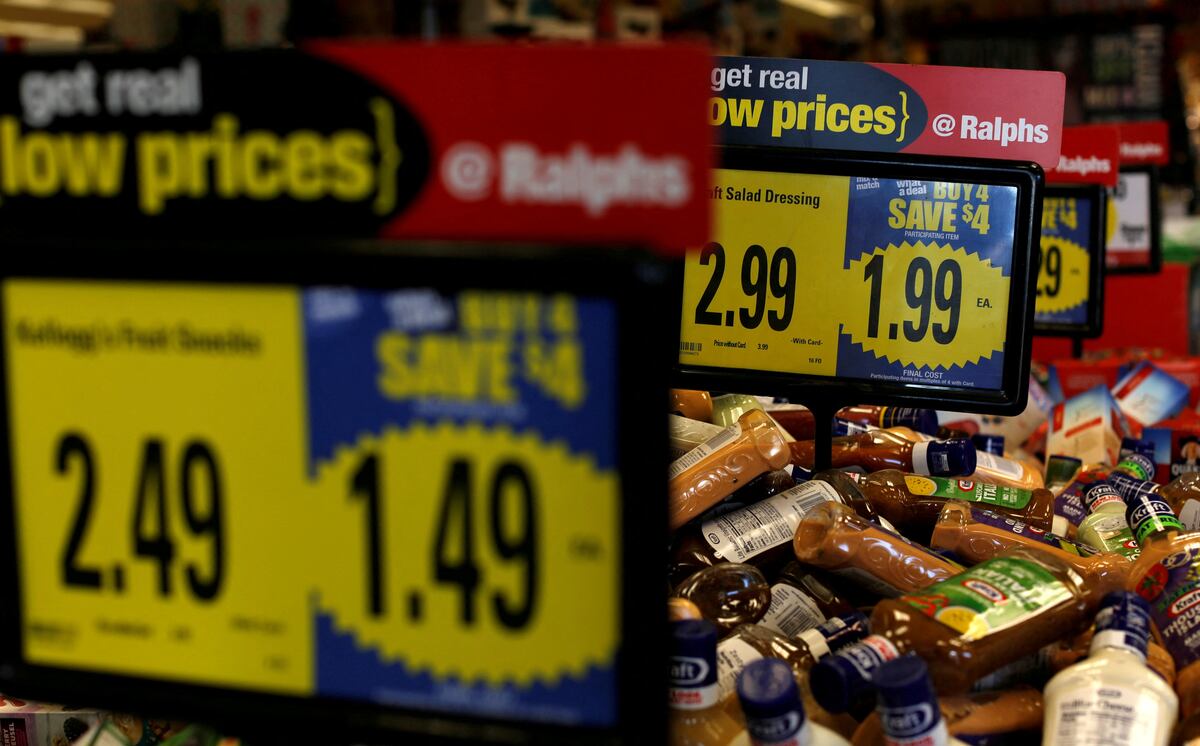Daniel Fernandez Canedo
06/12/2021 12:20 PM
Clarín.com
Economy
Updated 06/12/2021 12:20 PM
The economist Carlos Melconian defined the economic framework in the midst of the pandemic with a strong concept:
"if it weren't for the holy
soy,
this would fly through the air
.
"
Thus, he put on the table for discussion a belief that markets, defined as the large number of people who make economic decisions, have been following closely:
the Government will not let the dollar skyrocket
, at least, until after the elections. end of the year.
Can you fulfill it?
The Central Bank earned more than US $ 4,000 million net
since the beginning of the year in the heat of the liquidation of exports from the field increased by the "holy soybean" of US $ 600 per ton and today net reserves easily exceed
US $ 6,500 million
.
The Central thus has enough back
to delay the
official
dollar
(it has been growing at 1.2% against inflation of 3.3 / 3.5%) and to keep the "cash with settlement" or CCL ($ 165.20) and the dollar bag of $ 159.41.
But not all are flowers.
T he
gap between dollars
began to widen in the last month and this issue, highlighted by the economist
Emanuel Alvarez Agis
in the
Economico de Clarín
, constitutes one of the most sensitive points to follow in the coming months.
The gap (wholesaler / CCL) a month ago was 67% and
widened to 73%
, a tempting level to under-invoice exports or over-invoice imports a few weeks after the inflow of foreign exchange from grain exports begins to decline.
In the Ministry of Economy they have one eye on the dollar and another on the
demands for higher spending
that they foresee from the political side.
The guidelines of Vice President Cristina Kirchner for the rest of the year are very clear: anchor the dollar, limit the increases in
the
gas
rate
to 6% and the electricity
rate
to 9%,
and "put more money in people's pockets. "to compensate them for the drop in activity due to the pandemic" and for electoral reasons.
At this point, Minister
Martín Guzmán
finds himself faced with the dilemma of whether he can hide the effort to reduce the fiscal deficit that he has been consolidating in recent months.
The combination of higher tax revenues from export withholdings, strengthened by the sharp rise in grain prices, and by the new wealth tax gave the Treasury
an amount of funds unthinkable
last year when it prepared the Budget 2021.
On the other side, that of expenses, inflation
liquefied the
pensions and that generated Guzmán a relief in the accounts of which he prefers not to speak.
The
"retirement mass",
that is, the amount of funds needed to meet retirements and pensions rises to 30% in one year, far from the 46% expected for inflation.
The confluence of these factors leads the fiscal deficit for the year to 3% of the Gross Domestic Product, a low level if one considers that in the 2021 Budget, Guzmán set it at 4.2% of GDP.
That 1.2% of GDP difference is what came into play in recent weeks around
the policy discussion for the electoral year.
With a very low-profile Guzmán after losing the bid with the
Cristina Kirchner-Axel Kicillof tandem
around de-indexing the exchange rate and setting symbolic increases for electricity and gas rates, the signs of increased spending are redoubled .
A $ 7,000 plus for families benefiting from the
Universal Child Allowance
, cancellation of retroactive collection for
monotaxes
,
increases of 40-43% for employees of the Legislative Branch and PAMI
and analysis of a bonus for retirees and pensioners who compensate them for the higher inflation they are putting together the pre-electoral income scheme.
Meanwhile, and to finance the fiscal red, Guzmán resorts to the placement of bills and bonds in the domestic market and it does not go badly although the price he pays may be high.
In the last tender to obtain funds, 78% of what it achieved was in exchange for placing
bills tied to inflation
(LECER) that would be the highest performing in the market.
In banks,
CER-indexed deposits
grow while traditional time deposits fall.
Guzmán finances himself by tying the interest he pays to the rise in the cost of living.
Faced with projected inflation at 46%, and the electoral needs of the government, a question to ask is
who will end up paying the bill?
Another round of inflation?
The race gains momentum and with a slap fight (repressed dollar and fees) the uncertainty factor is also strengthened even when the
"sojazo"
has the ability to cover holes.







